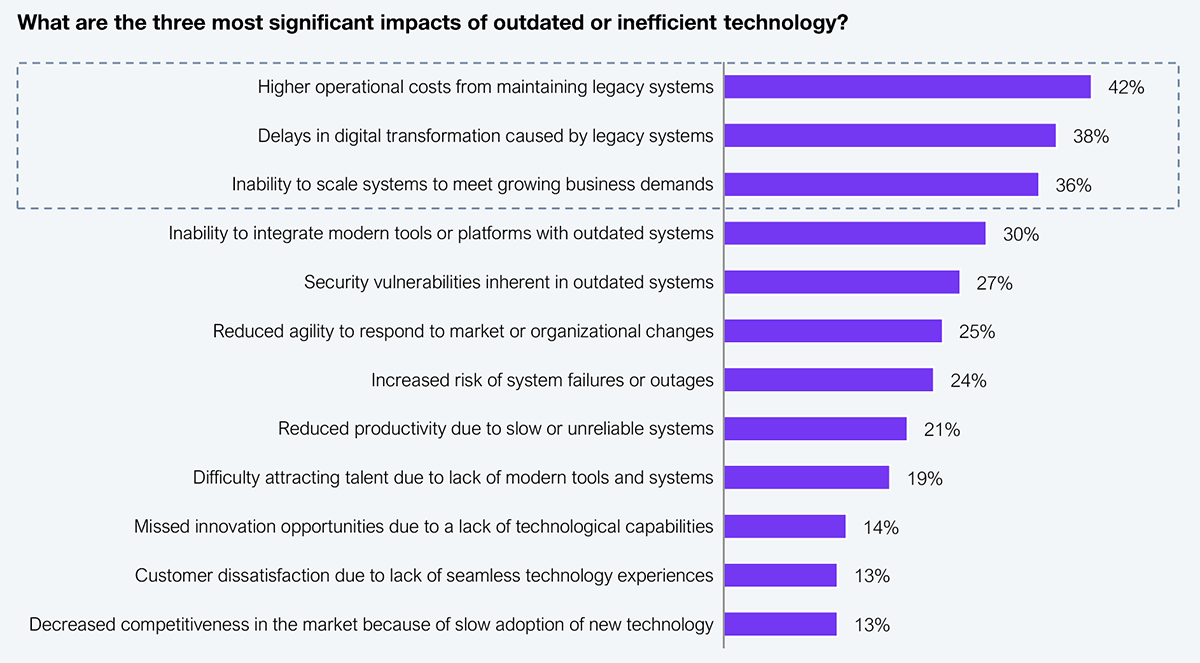Most CIOs have dashboards for runtime, cyber, and FinOps, but not for the one asset defining their competitiveness: the custom software they build and heavily customize. That gap forces leaders to rely on subjective updates, misprioritize modernization efforts, and carry opaque risk. CAST’s pitch is simple: replace opinion with facts directly from the code, then prioritize action. This shift is essential for delivery, cost, and resilience in a world with orders-of-magnitude more code (and AI now accelerating output).
CAST separates concerns neatly.
CAST Highlight delivers fast, portfolio-level intelligence for CIOs/CTOs and chief architects, such as code-health, cloud readiness, open-source risk, and ‘green impact’. These scores are normalized on a scale of 0–100, with role-specific views, recommended remediation, and benchmarking available in highly customizable dashboards.
CAST Imaging then maps the internals of a single complex system (data flows, dependencies, transaction paths) for architectural change. Scans run locally against 50+ languages/technologies; source code stays put; results are uploaded as statistics enabling hundreds of apps to be assessed in days, not months.
This two-tier model gives leaders a truthful top-down view while enabling bottom-up change when needed.
Legacy modernization has been a permanent fixture on CIO agendas for decades, but it is often sidelined as organizations chase the shiniest new tech in the market. However, we are at a pivotal juncture when multiple factors simultaneously create an impetus for modernizing legacy code and architectures.
Higher operational costs, transformation delays, inability to scale systems, and integrate modern technology are some of the major challenges that enterprises face when dealing with outdated technology (see Exhibit 1)

Sample: N=118
Source: HFS Research, 2025
By providing facts, CAST allows enterprises to focus on surgical fixes. Portfolio dashboards highlight ‘“top-priority’ apps (high business impact + high debt density), obsolete tech (e.g., old .NET/Java/Spring), and outdated OSS by version year, giving executives a credible, narrow first wave. For a selected app, CAST Highlight pinpoints specific code patterns and files; CAST Imaging provides the system-wide map to change safely. CAST itself does not modify code, but its outputs can feed AI coding assistants and partner toolchains; CAST is adding MCP servers to automate that hand-off in the near term. That matters when portfolios number in the thousands. Future developments also include new insight areas that will recommend AI services/LLMs based on app characteristics, easing the ‘where do we start with AI?’ dilemma and reducing dependence on broad, time-consuming consulting assessments.
That said, CAST stops at factual diagnosis and does not offer remediation tools; enterprises still need engineering cycles (internal, SI, or automated pipelines) to execute. CAST does provide a priority list that can be used to plan wave-based remediation efforts. CAST Imaging’s deeper analysis runs separately and takes longer than CAST Highlight, as it uses two different engines. Providing an ability to upgrade functionalities easily would be a worthy investment in future product roadmaps.
CAST’s software intelligence replaces subjective reporting with code-level evidence at portfolio scale, prioritizing the few apps where action unlocks the most value. In an environment of surging code volume and mounting pressure to ‘do AI,’ this shift separates momentum from gridlock.
Register now for immediate access of HFS' research, data and forward looking trends.
Get StartedIf you don't have an account, Register here |
Register now for immediate access of HFS' research, data and forward looking trends.
Get StartedError: Contact form not found.